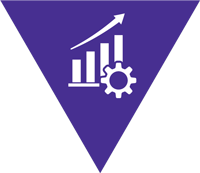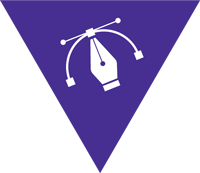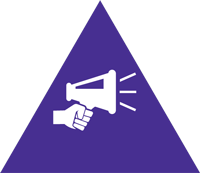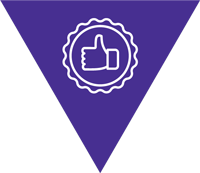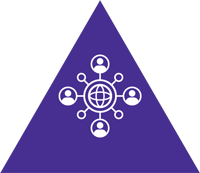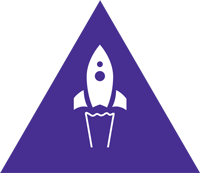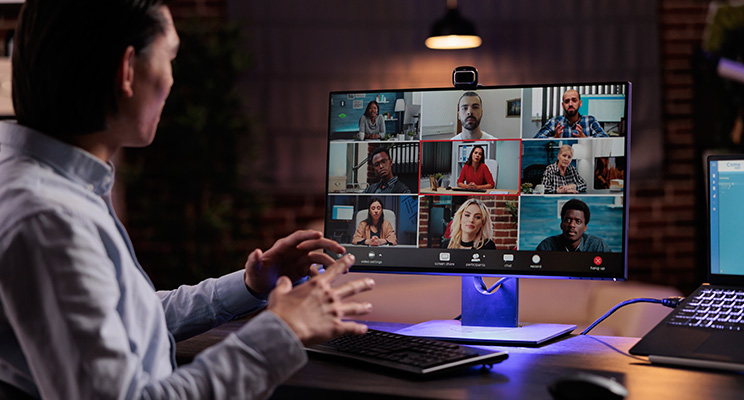
INTRODUCTION
With the advent of remote working, brand identity has to adapt new laptops plugged in at home, desks in shifted to pre-pandemic offices, video calls replacing team meetings, and even casual conversations being spread to Slack threads. Leadership in and of itself has become remote, utilizing the powerful tool of technology to influence company culture. It’s quite clear that the operational model of hybrid/remote work is now a permanent feature of organizational structure, one of the few changes that organizations can embrace is the approach to remote leadership to rethink structural hierarchy, corporate culture and re-imagination of its core values. There is a chance for miles and vertical distances to be bridged, as core values can guide how an entire organization can be unified.
Daniel Pink, an American author who has written seven New York Times bestsellers, his insights on culturally motivated action suggests leadership has no bounds in today’s world. Its impact is felt with high levels of employee engagement no matter where an employee is stationed. Whether they are in a different time zone, country or continent. Interestingly, unlike in the past, the motivation behind this influence can now have tangible value. With proper measures placed into remote working conditions, branding as a fundamental business strategy can be transformed from concept into reality.
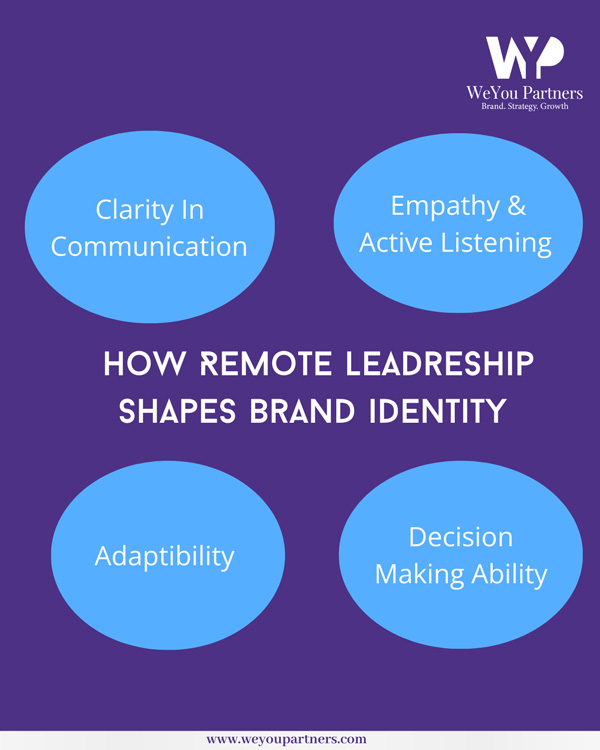
THE EVOLUTION OF LEADERSHIP IN A REMOTE WORLD
Traditionally, leadership developed from being hands on such as floor walking, supervision, meetings, and real-time interactions. With the rise of hybrid models, leadership is no longer in person, but rather “virtually impactful”.
The use of authority through physical proximity is no longer valid. Remote leadership requires “presence of mind” instead of being physically present in the office. You are now able to influence through digital communication, compassion, and empathy. In fact, remote leadership is a return to the most basic leadership principles. These include trust, transparency, and consistency which have now become redefined in the digital world.
There is much more to this change than just logistical factors, identity plays a major role as well. The perception of the organization by employees and outsiders is greatly shaped by the leaders. In a remote work environment, the atmosphere communicated through emails and screens is very essential. Thus, consistency in leadership and brand perception has become even more essential.
KEY TRAITS AND STRATEGIES OF EFFECTIVE REMOTE LEADERS
What distinguishes a successful remote leader? Rather than relying on traditional management skills, current leaders require more sophisticated tool kits designed specifically for cultures that rely on digital interactions.
Clarity in Communication
Remote teams operate best on the basis of clear instructions. An effective remote leader articulates the company’s brand mission, values, and expectations, and communicates them clearly. The absence of non-verbal cues and real-time synchronization heightens the importance of both written and oral communication. A leader’s email or meetings are a showcase of how the brand wishes to express itself.
Empathy and Active Listening
The human side of things becomes very important when face-to-face interactions are limited. Remote leaders care about employee’s physical wellbeing, their mental wellbeing, and their work-life balance. They are present, easy to approach, and demonstrate personal understanding, qualities that communicate true brand authenticity.
Decision Making and Adaptability
Employee requirements as well as market dynamics change rapidly alongside geographically dispersed teams. Effective remote leaders are nimble in their response time and make decisions in a timely manner without misaligning their remote teams with the overarching brand vision. Their adaptability acts as the brand’s reflection of resilience.
Trust and Consistency
Trust is a currency drawn from the context of remote leadership and in other scenarios where there are little face-to-face interactions. Such leaders who consistently depict brand values, trust is built.
Building Trust and Gaining Feedback
As in all leadership, driving conversation is mandatory at distance. Trust is created using town halls, pulse surveys, and anonymity.
Team Building Exercises
Use virtual workshops and shared challenges to build team cohesion. Encourage co-authored articles, a buddy system for onboarding, and cross-team projects to strengthen collaboration and brand culture.
Establish Practices that Show Contained Growth
Tribal recognition, story sharing sessions, and digital coffee chats are fantastic ways to foster belonging to culture. Such practices make the brand feel human, and nurture emotional engagement.
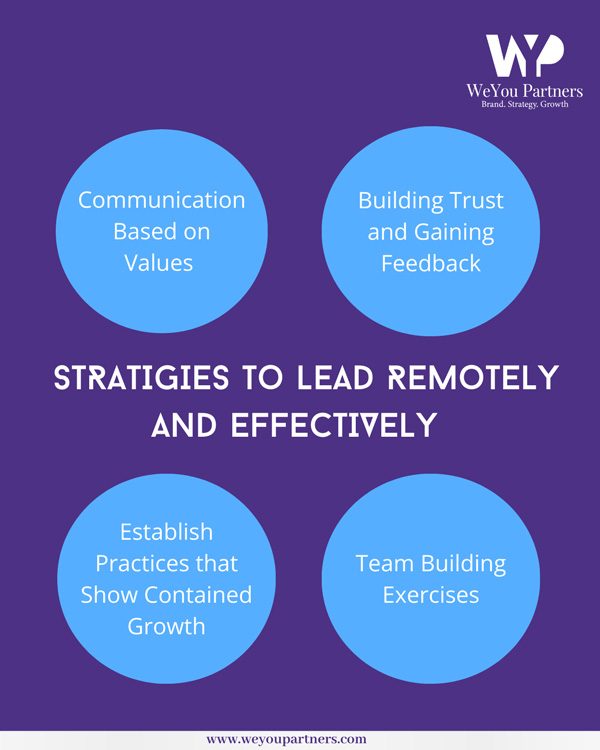
TECHNOLOGIES AND TOOLS ENABLING REMOTE LEADERSHIP
Remote leadership isn’t just about staying connected, it’s about inspiring, aligning, and leading through digital ecosystems. Tools like Google Workspace, Microsoft Teams, Slack, and Notion enable leaders to foster transparency, collaboration, and accountability across geographies.
Video platforms like Zoom and Google Meet go beyond meetings, they are cultural spaces where leaders shape inclusion, trust, and engagement. When used intentionally, these technologies
become more than tools, they become leadership instruments that scale communication, values, and vision remotely.
CHALLENGES
There are certain challenges that come up with Remote Leadership. To create a good Brand Impression these challenges must be resolved.
Limited Interaction
There are no such informal personal interactions that happen in a remote setting, such as lunches, chats etc, these interactions help employees to build a personal connection.
Culture Diversity
There are different individuals from different culture and it is a big challenge to coordinate with them into a common framework while respecting their individual interests.
Lack and Overload of Information
The most important thing in this aspect is the balance. A good leader is approachable but it can also lead to overload of information, or an inconsistency in the branding.
Employee Motivation
Distance can lead to disconnection and disengagement, these issues are need to be addressed, otherwise it can hamper the reputation of the employer.
THE FUTURE OF REMOTE LEADERSHIP
The future of leadership is not about where we work, but how leaders shape brand perception across digital spaces. Remote leadership empowers leaders to act as brand ambassadors, ensuring consistent values, tone, and culture across teams and geographies.
As digital storytelling and virtual influence become core leadership skills, companies are training leaders in brand alignment. Trust, empathy, and authenticity, once seen as soft skills, are now vital brand assets.
In a world where every interaction is a brand touchpoint, remote leadership isn’t just operational, it’s strategic marketing in action.
FINAL THOUGHTS
Leading with remote model is not about adapting, it is about enhancing. Leaders get the opportunity to establish unity, and create a consistent and powerful internal culture. Mastering remote leadership is not just managing productivity, its architecting perception. For everyone working with their teams scattered across the globe, whether you are running a startup from a beach in Andaman or in a home office participating in a global law firm, consider this.
Each email, virtual meeting, and every single word carries weight in determining how the brand is
perceived, trusted, and embraced.
Ready to lead with intention and shape a brand that thrives beyond borders? Let’s connect, collaborate, and create leadership that truly speaks volumes, no matter the distance.

